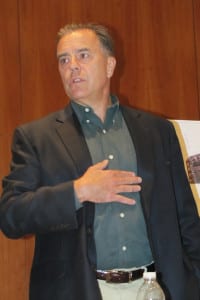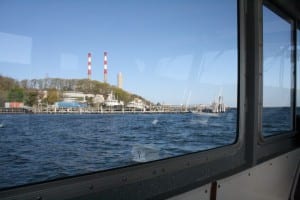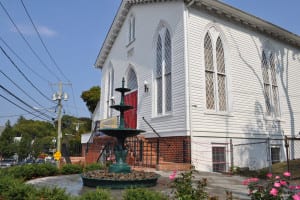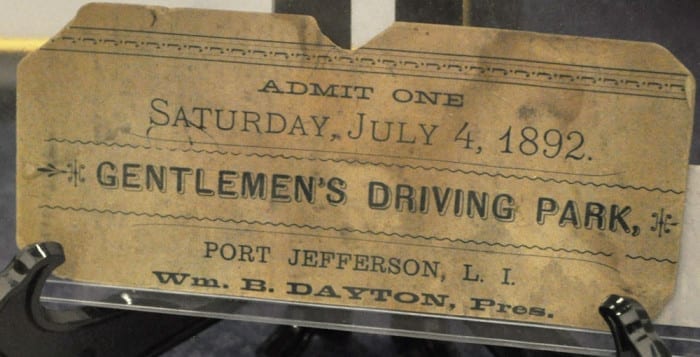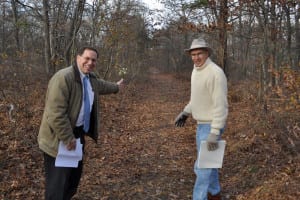Civic members took a stand Tuesday night against a housing community proposed to be built on the Heatherwood golf course, voting to send a letter of opposition to Brookhaven Town.
The Port Jefferson Station/Terryville Civic Association’s executive board will draft and submit the letter, which carries no legal weight but serves to share the community’s views on a project for consideration.
The official civic vote caps a months-long discussion on the project at the Heatherwood Golf Club, at Arrowhead Lane and Nesconset Highway in Terryville.
Doug Partrick, an owner of both the course and multifamily housing developer Heatherwood Communities, wants to build 200 rental units for people 55 and older, a mixture of town houses, ranches and apartments.
When Partrick gave a presentation on the project at a May civic meeting, he said the retirement housing would be built on 25 acres at the golf course, leaving the remaining 45 acres as open space. The 18-hole golf course currently at the site would be reduced to a nine-hole course that would surround the homes.
The course is zoned A Residence 5, which allows for one housing unit on every 5 acres. Partrick would need a zone change to planned retirement community zoning to proceed with the development.
As they did at previous civic meetings, members spoke against the proposal on Tuesday night, citing quality of life concerns such as traffic congestion.
Civic President Ed Garboski reported that a traffic study of the area found that retirement housing would have little impact on traffic, though some residents scoffed at that notion.
One man who lives near the golf course talked about how busy the adjacent roads are already and said the housing community would make things worse.
And member Don Zaros took issue with the fact that the homes would be rentals, saying people who rent instead of own — whom he called “transients” — do not care about the community as much.
Partrick, who was not at Tuesday’s meeting, said previously that if the housing development does not move forward he might close the club. He said he would think about whether he would be “better off consistently losing money on the golf course or … just shutting the golf course down, leaving it dormant.”
While some residents have been concerned about having a large abandoned property in town that could possibly attract vandalism or homeless people, others were not worried. While one man said on Tuesday that having retirement housing is “better than a blighted, abandoned piece of property” in the neighborhood, another countered that vacant and blighted are not the same thing, and having a large grassy parcel would be better for Long Island’s groundwater than a housing community.
The group voted overwhelmingly to send a letter of opposition to the town, in keeping with an unofficial vote at last month’s meeting that produced the same result.



